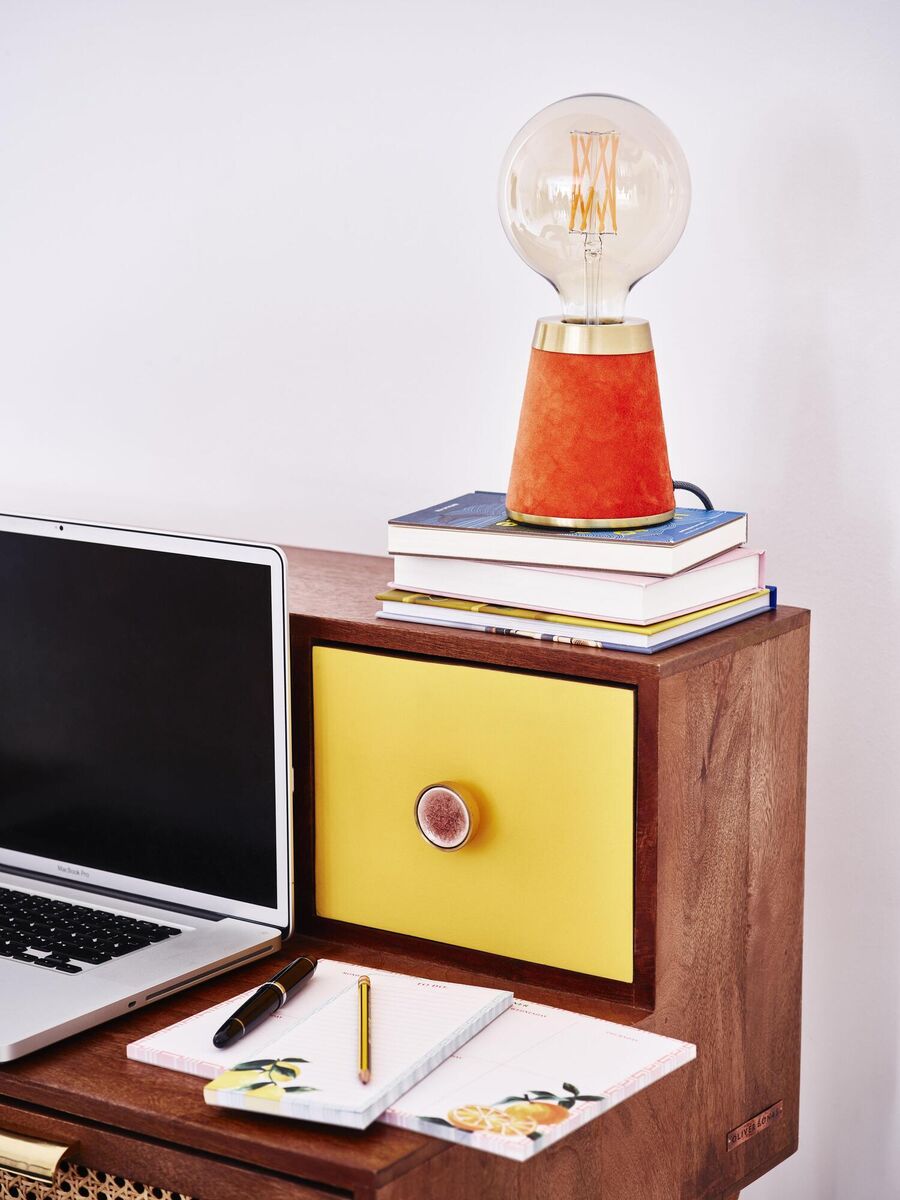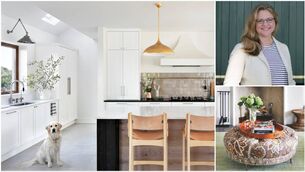How to choose the home office desk that fits your needs

The European-made Harto Hyppolite is a Scandinavian-inclined real wood desk that would reach over the living/office divide with ease, €780, O'Brien Office Systems, Cork, obos.ie. For a budget option, try the Lasabo from Ikea, €150.
The home office has become an urgent matter in the last year, and some workers will simply not be returning to the conventions of a 9-5 experience even as we wrestle the pandemic into surrender.
Bear in mind that a fifth of public workers will be logging in remotely on a permanent basis by year’s end.
Choosing the right desk is crucial, but at home, it has complications you can’t bring to HR.
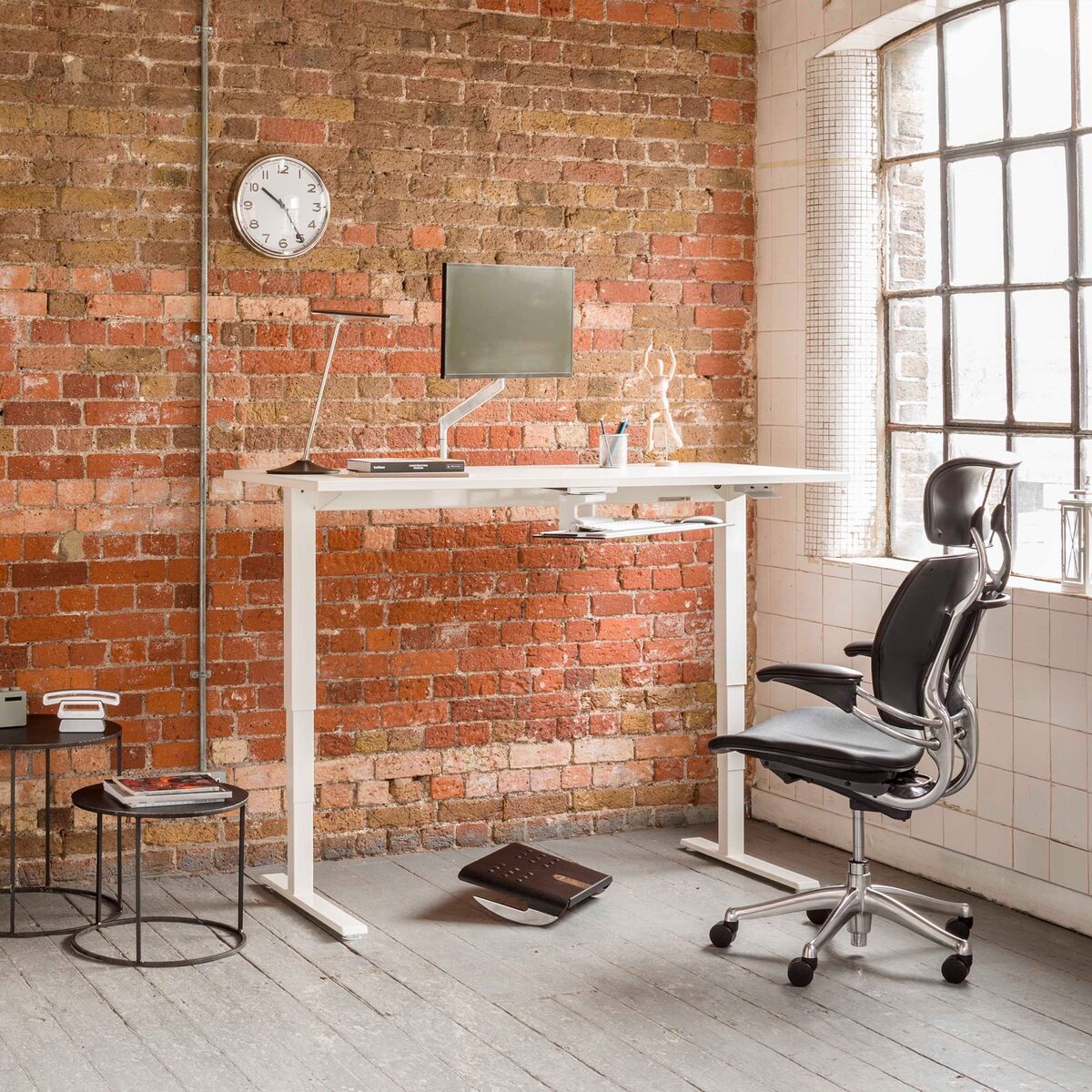
I am not sure how anyone tolerates actually working for lengthy periods at a laptop on a standard desk, sitting or standing. The bowed angle of the neck puts enormous pressure on the cervical spine, concerning to any osteopath.
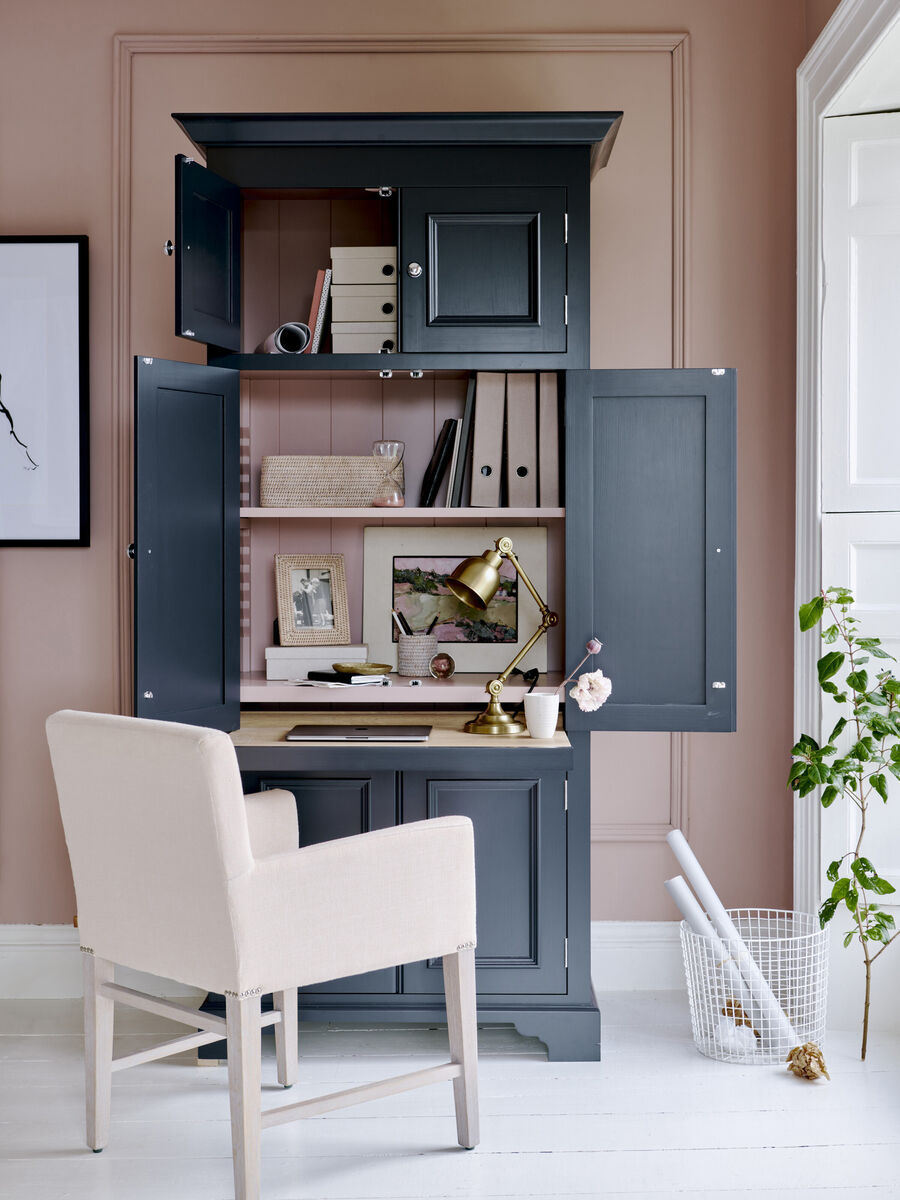
The position at your desk that you should aim for is as follows:
The standard retail hanger desk is MDF and wood effect, made from compressed wood dust bound with a solvent glue and encased in a plastic veneer with (basically) a digital or printed image of wood grain and figuring.
There’s little argument that standing or at the least a combination of standing/sitting is better than being parked all day at in a chair.
The popular Jarvis desks, from under €500, offer a standing desk converter, with hydraulic operation. The Cooper gives you the most usable surface area possible
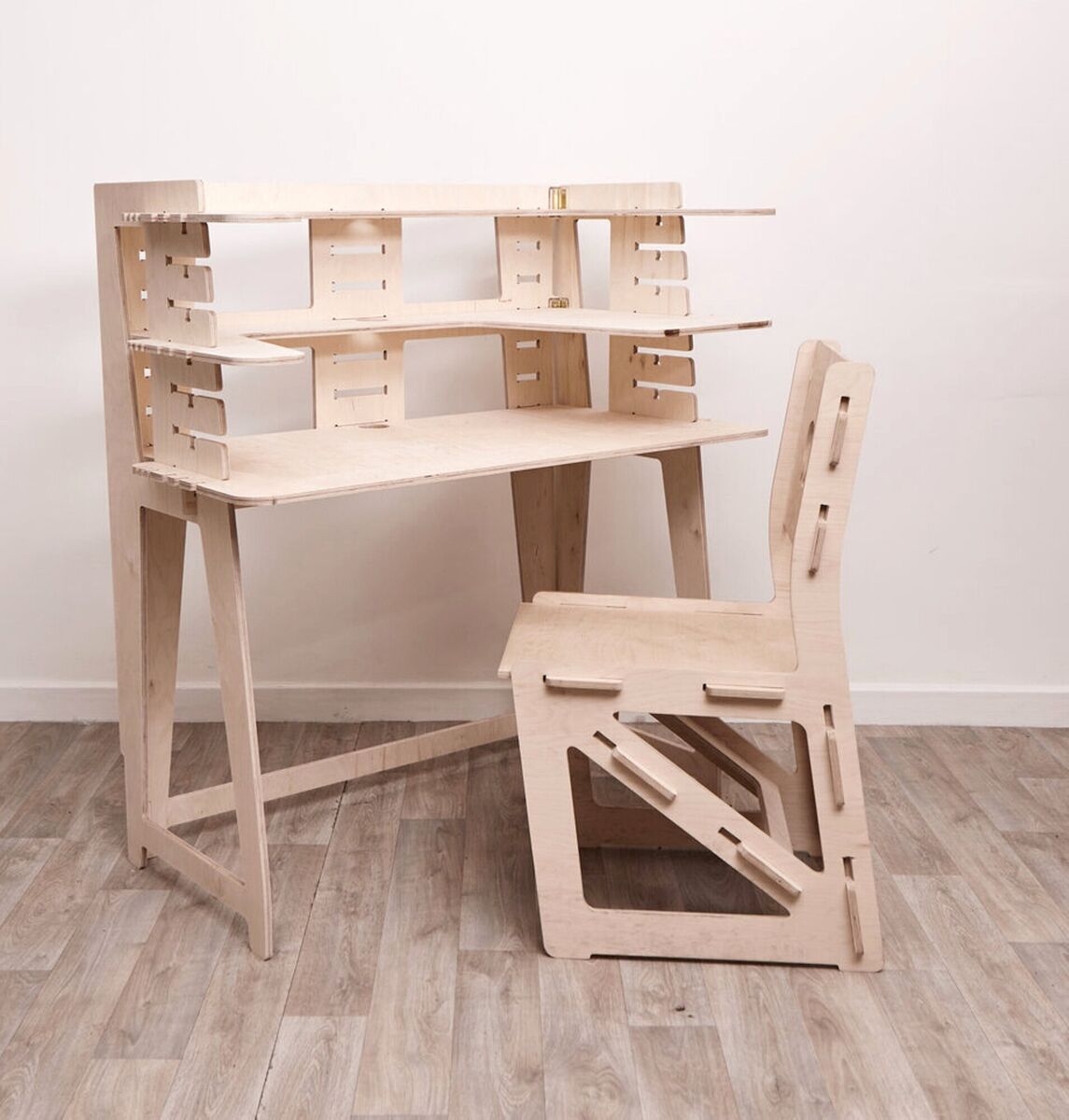
cm while still offering a built-in keyboard platform below the main work surface; from €299 in real bamboo or powder-coated MDF, fully.com.
Add a treadmill? You won’t be running, but you can talk, type and scroll your way to some additional fitness at a standing desk. Quality and performance vary wildly, but as an entry point the Workspace Go Light Treadmill is on offer at €349.99 for up to 6km walk speeds, hifi-tower.ie.
